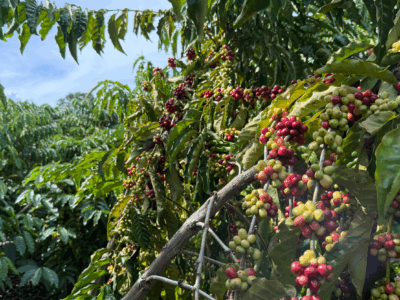Whitebark pine in ESA limbo

Cross-posted at The Berkeley Blog.
Today the Fish and Wildlife Service announced that the whitebark pine, an iconic tree of the high-elevation American west, qualifies for listing as an endangered or threatened species. The combined impacts of disease, insect infestation, climate change, and fire suppression mean that the whitebark pine could disappear within a couple of its generations.
But the pine won’t be listed just yet, because too many other species are ahead of it in the listing line. In the parlance of the ESA, the Service found that listing is “warranted but precluded” by the need to work on other, higher priority, species. The whitebark pine thus joins 264 other species in the ESA’s “warranted but precluded” limbo, waiting for the Service to get around to protecting it.
The whitebark pine’s dilemma should remind us of three things. First, of course, is the extent to which climate change is reshaping the landscape. The whitebark pine is a wide-ranging tree, and one that is the dominant species in large parts of its range, but it is highly vulnerable to climate risk, especially when combined with other more conventional threats.
Second is the need to adequately fund the ESA listing program. It’s shameful to have 260+ species identified as needing protection but lacking the resources for formal identification. Putting a moratorium on listing, as Congress did in the mid-90s and has been threatening to do this year, doesn’t help anything. But it’s too easy to just blame Congress. FWS says it costs an average of $300,000 to prepare a proposed listing rule, even without designating critical habitat. Really? Why? It seems like the necessary scientific evaluation has been done in this document. If FWS already knows (as it says it does) that the whitebark pine needs protection, why would it take so much time and effort to get to the next step? FWS has never explained why it costs so much to go through the listing process. As far behind as it is, it seems past time for the agency to take a close look at these costs and see where it could do better.
Third is the need to rethink listing priorities. FWS articulated a system for setting listing priorities in 1983, and has not changed that system since. It takes into account the magnitude of the threat, its immediacy, and the taxonomic uniqueness of the species. That all makes sense, but as it turns out it isn’t terribly helpful. The whitebark pine is at priority level 2 (of 12) because it is at high and imminent threat. The only way it could be a higher priority would be if it represented a unique genus, rather than just a unique species. There don’t appear to be any pending actions with a listing priority of 1. So you would think the whitebark pine would be ready to go. But not so, according to FWS. It says, first, that there are a large number of listing actions with court-ordered or statutory deadlines that it must put ahead of this one. Okay, that’s another argument for more funding for listing actions and/or for more efficient listing procedures. Beyond that, though, FWS seems simply to be taking every priority 2 species in order, and there are a lot of them.
A more nuanced system seems to be needed. Back in 1983, FWS refused to include ecological significance as a factor in determining priorities because, the agency said, information about ecological significance is rarely available at the time of listing and, in any case, it would only differentiate between species that were “equal in all other respects.” But since there are too many species of priority level 2 to deal with, it seems that there needs to be a way to differentiate among them. Ecological significance, to the extent it is determinable, is an excellent candidate. And though it may in many cases still not be determinable, this isn’t one of those cases. Whitebark pine, according to FWS
is considered a keystone species because it regulates runoff by slowing the progress of snowmelt, reduces soil erosion by initiating early succession after fires and other disturbances, and provides seeds that are a high-energy food source for some birds and mammals. . . .
Whitebark pine is ecologically very significant in maintaining snow pack and regulating runoff, initiating succession after fire or other disturbance events, and providing seeds that are a high-energy food source for many species of wildlife.
In cases like this, where ecological significance is well known, that should vault the species ahead of others facing serious and imminent threats. Here, the case is even stronger — the whitebark pine is an important food source for another endangered species, the grizzly bear.
It may be that the “limbo” category can never be eliminated, but keystone species like the whitebark pine surely should not have to linger in that limbo.






Reader Comments